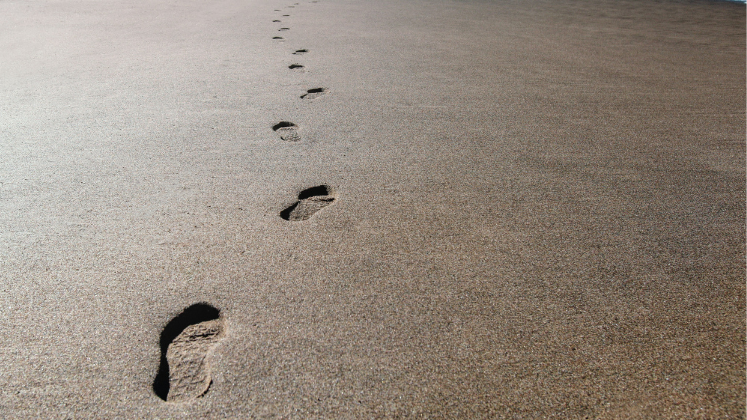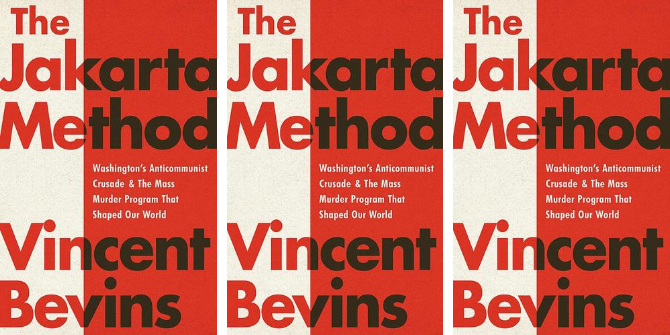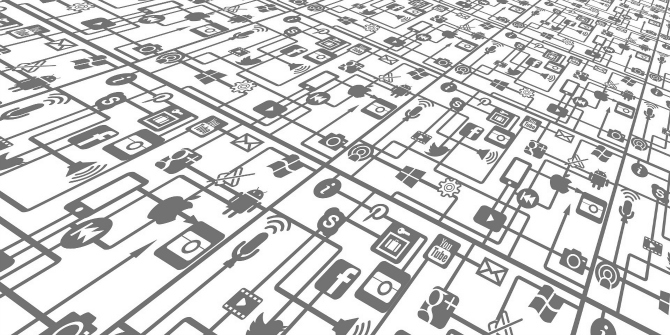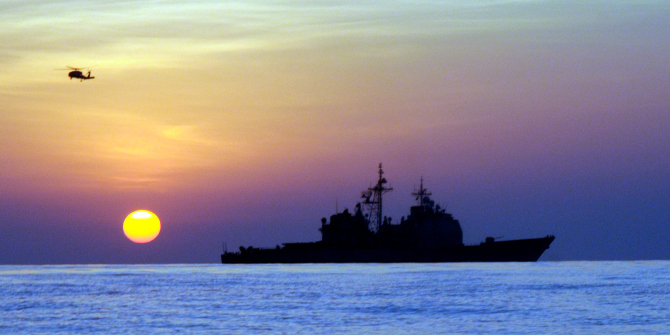In Khaki Capital: The Political Economy of the Military of Southeast Asia, editors Paul Chambers and Napisa Waitoolkiat bring together and offer analyses of a comprehensive selection of case studies of military political economies across Southeast Asia. Showing how self-financing militaries are insulated from civilian control and accountability and therefore able to maintain a monopoly on violence, this is a a welcome addition to the literature on Southeast Asian governance and military-civil relations, finds Josselin Canévet.
Khaki Capital: The Political Economy of the Military of Southeast Asia. Paul Chambers and Napisa Waitoolkiat (eds). NIAS Press. 2017.
Southeast Asia is currently the fastest developing economic region in the world. Many in policy positions and academia link this with increased democracy and liberalisation. However, Khaki Capital: The Political Economy of the Military of Southeast Asia shows that these ideals are not essential for development and can be circumvented by those with vested interests.
For this collection, editors Paul Chambers and Napisa Waitoolkiat have brought together a comprehensive selection of case studies of military political economies in Southeast Asia written by themselves as well as other individual academics: namely, Marco Bünte, Rosalie Arcala Hall, Jun Honna, Hans Lipp and Carlyle A. Thayer. In so doing, the book contributes to a broader question over where power lies within a state. The editors argue that civilian control over the military can be measured by the extent that the public decides on the defence budget. Self-financing militaries disrupt accountability, insulating them from civilian control. Furthermore, the political economy of the military emerges when wealth, in the form of capital, is transformed into political power, which is then used to support militaries’ independence. Military capital prevents the transferral of power from military to civilian authorities. This ability to maintain independence enables armed forces to possess and exercise an absolute monopoly on violence.
‘Khaki capitalism’ is defined as income generated by military activity. The book starts by theoretically conceptualising khaki capital and its defining elements. In the first chapter it is established that the military should not generate capital. The generation of income detracts the military from its true purpose, which is securing and establishing the security of the state. Waitoolkiat and Chambers differentiate the sources of khaki capital between formal and informal activities. Formal activities are legal activities such as military enterprises and providing services to civil clients. Informal activities are illegal and often involve activities including drug smuggling and illegal natural resource extraction. The book proceeds to focus on individual countries, examining Thailand, Myanmar, Vietnam, Cambodia, Laos, the Philippines and Indonesia (Malaysia and Singapore are not included in the analysis). This establishes a framework for comparison. Each chapter begins chronologically, following the development of the military in each country before going into a case-specific analysis.
Chambers and Waitoolkiat state that Thailand’s military has the potential to experience the greatest increase in khaki capital in Southeast Asia, predicting it to become ‘the envy of Southeast Asia’s militaries’ (82). The Thai military’s active engagement in capital-grossing activities, both legal and illegal, enables it to sustain its ideological doctrine of intervention and mistrust of civilian and democratic leaders. Its unique relationship with the royal family has provided it with legitimacy in its interventions, including the most recent coup in 2014. Crucially, it has maintained total budgetary independence, making it unhindered in pursuing the army’s agenda. No other military has operated quite so openly in illegal capital-generating activities, the narcotics trade in particular.
As with many countries in Southeast Asia following their independence struggles, the armed forces of Vietnam were charged with the economic development of the nation. The reunification of Vietnam in 1975 and post-1989 marked critical junctures in the development of khaki capital. The fusing of military and political roles has removed the issue of civilian control over military financing. The objective of the Vietnamese People’s Army (VPA) was building socialism and the defence of the nation. The solution was the creation of vast military conglomerates involved in legitimate activities which now dominate the Vietnamese economy. These conglomerates have since come into conflict with Vietnam’s World Trade Organisation (WTO) obligations. The WTO is encouraging reforms that remove the VPA’s involvement in business in an attempt to end the military’s grip on the country’s industries. The reasoning behind these reforms is that under neoliberal economic theory, military enterprises hinder the free market.
Indonesia has managed to curtail its military through the prerogative of civilian control. Out of all the case studies presented, Indonesia has been the most successful in transferring power to civilian institutions. To illustrate this, before the democratic transition in 1997, the Indonesian military self-financed 70 per cent of all military expenditure (309). The reversal of this pattern is considerable, achieved by transferring the responsibility for internal security to the police, although it is worth noting that the Indonesian police force is widely perceived as the most corrupt institution within the country (313). Despite this, military reform has come at a cost, as in order for the military to work with civilian institutions, concessions had to be made. The Indonesian military still engages in capital-generating activities, but at a significantly reduced level compared to the past. More recently, the military’s political lobbying of the state against the responsibilities of the police has been successful, even reversing some of the 1997 reforms. Sporadic episodes of civil unrest have also enabled the military to consolidate their position and to secure more autonomous self-financing.
The book’s framework of comparative analysis generates areas for future inquiry. An unaddressed issue is the creation of path dependency, particularly in the countries of ex-Indochina. For instance, did French colonialism provide the pathology for khaki capitalism to thrive in Southeast Asia? Laos, Cambodia and Vietnam’s armed forces were previously structured along the lines of French auxiliary forces. Under this, soldiers were not provided with pensions, encouraging the armed forces to undertake capital-generating activities out of long-term self-preservation.
While Khaki Capital is predominantly aimed at an academic audience in using a considerable amount of social science terminology, it is a welcome addition to the literature on Southeast Asian governance and military-civil relations. The number of cases presented within the book enables readers to get a detailed understanding of khaki capital and its impact. The editors conclude that economic influence can be converted into political power. The extent of the civilian authorities’ control of the defence budget spending translates into the degree of independence the military possesses. Through comparing cases of the military in Southeast Asia, it is clear that countries with a history of greater political instability support stronger militaries that resist civilian control. Khaki capital generation takes many forms; however, its political impact is always utilised for the same purposes. Ultimately, this book examines power in the form of the monopoly of violence. The military in these cases uses capital to maintain its hold on this monopoly, resisting attempts to transfer power to civilian authorities.
Note: This review gives the views of the author, and not the position of the LSE Review of Books blog, or of the London School of Economics.
Image Credit: Philippine marines with US marines on a bilateral training exercise, 16 April 2013 (US Department of Defense Public Domain).


 Find this book:
Find this book: 





